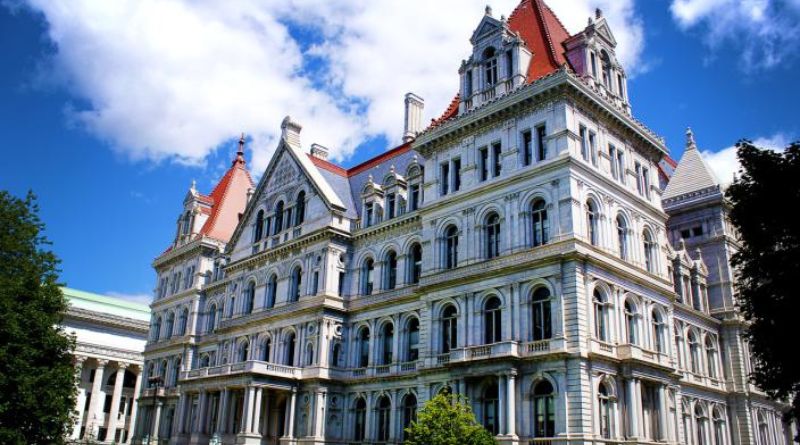The term “Arch City State Capital” conjures images of vibrant urban landscapes, rich histories, and significant political influence. This article explores the concept of an arch city state capital, its historical context, cultural significance, and its role in modern governance. We will also address common questions regarding these unique urban centers.
Table of Contents
Understanding Arch City State Capitals
An arch city state capital typically refers to a city that serves as both a capital of a state and a prominent urban center with significant historical, cultural, and political importance. These cities often play a crucial role in shaping the identity and governance of their respective regions. Examples include Washington, D.C., in the United States, and capitals like Rome and Athens, which have influenced civilizations for centuries.
Historical Context
Historically, city states emerged in various parts of the world as independent, self-governing entities. They were often characterized by their political autonomy, economic independence, and cultural identity. Over time, many of these city states evolved into capitals of larger political entities, maintaining their status as centers of governance and culture.
In ancient times, cities such as Athens and Rome were not just political capitals but also cultural hubs that fostered art, philosophy, and innovation. Today, many arch city state capitals continue to embody these dual roles, representing both administrative authority and cultural heritage.
Cultural Significance
The cultural significance of arch city state capitals is profound. These cities often serve as the custodians of national heritage, housing museums, galleries, and historic landmarks. They are vibrant centers of education, attracting scholars and tourists alike. The architecture, public spaces, and urban planning reflect the unique history and identity of the state, making these cities significant in both national and international contexts.
For example, Washington, D.C., with its iconic monuments and institutions, is not only the political heart of the United States but also a symbol of American ideals and history. Similarly, cities like Paris and London are known for their cultural institutions, theaters, and historical significance, making them vital to their respective nations’ identities.
Governance and Political Influence
Arch city state capitals often wield considerable political power. They are typically home to key government institutions, including the executive, legislative, and judicial branches. This concentration of power makes them vital in the governance of the state and, in some cases, the nation.
In many instances, these cities also serve as centers for diplomacy and international relations. They host embassies, consulates, and international organizations, further enhancing their role in global governance. The decisions made in these capitals can have far-reaching implications, affecting not just the local populace but also international communities.
Economic Importance
The economic impact of arch city state capitals is significant. These cities often attract businesses, investments, and skilled labor, contributing to their status as economic powerhouses. The concentration of governmental institutions, along with a vibrant cultural scene, creates a favorable environment for economic growth.
Moreover, tourism plays a crucial role in the economies of these cities. Visitors flock to explore their rich histories, iconic landmarks, and cultural offerings. This influx of tourism supports local businesses, generates revenue, and fosters community development.
Challenges Facing Arch City State Capitals
Despite their many advantages, arch city state capitals also face challenges. Urbanization, population growth, and economic inequality are pressing issues that require effective governance and innovative solutions. Additionally, the political significance of these cities can lead to heightened tensions and conflicts, especially during times of political instability.
Environmental concerns, such as climate change and sustainability, are also increasingly relevant. Many arch city state capitals are taking steps to address these challenges through urban planning, green initiatives, and community engagement.
FAQs about Arch City State Capitals
1. What defines an arch city state capital?
An arch city state capital is characterized by its role as both the political center of a state and a significant urban area with cultural, historical, and economic importance. These cities often house major government institutions and cultural landmarks.
2. Can you give examples of arch city state capitals?
Yes, notable examples include:
- Washington, D.C. (USA)
- Rome (Italy)
- Athens (Greece)
- Canberra (Australia)
- Berlin (Germany)
3. What is the historical significance of these cities?
Historically, many arch city state capitals have been pivotal in shaping the cultural and political landscapes of their regions. They often served as centers of governance, culture, and innovation, influencing broader historical narratives.
4. How do these cities contribute to their economies?
Arch city state capitals contribute to their economies through tourism, business attraction, and the concentration of government-related jobs. Their cultural offerings also support local industries, enhancing economic vitality.
5. What challenges do arch city state capitals face today?
Challenges include urbanization, population density, economic inequality, environmental concerns, and political tensions. Effective governance and community engagement are essential to addressing these issues.
Conclusion
Arch city state capitals embody the intersection of history, culture, and governance. They serve as vital centers for political activity while also representing the unique identity and heritage of their regions. Understanding their significance helps illuminate the complex relationships between urban centers and the states they represent. As these cities continue to evolve, their roles in shaping the future of governance and culture remain as critical as ever.



